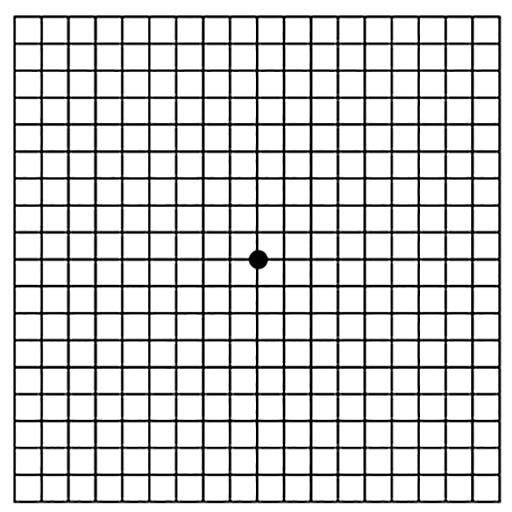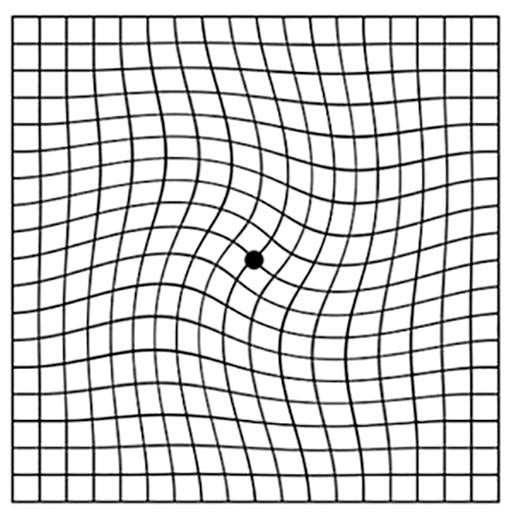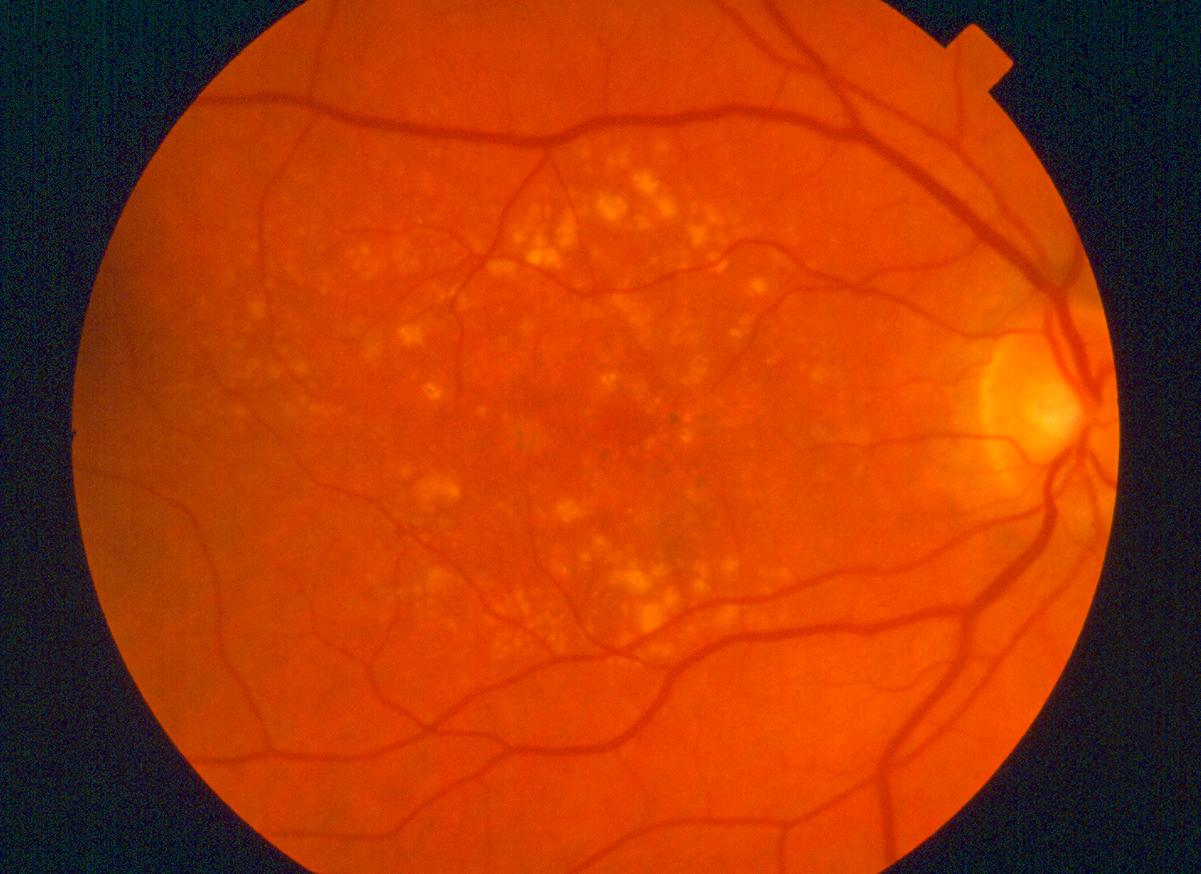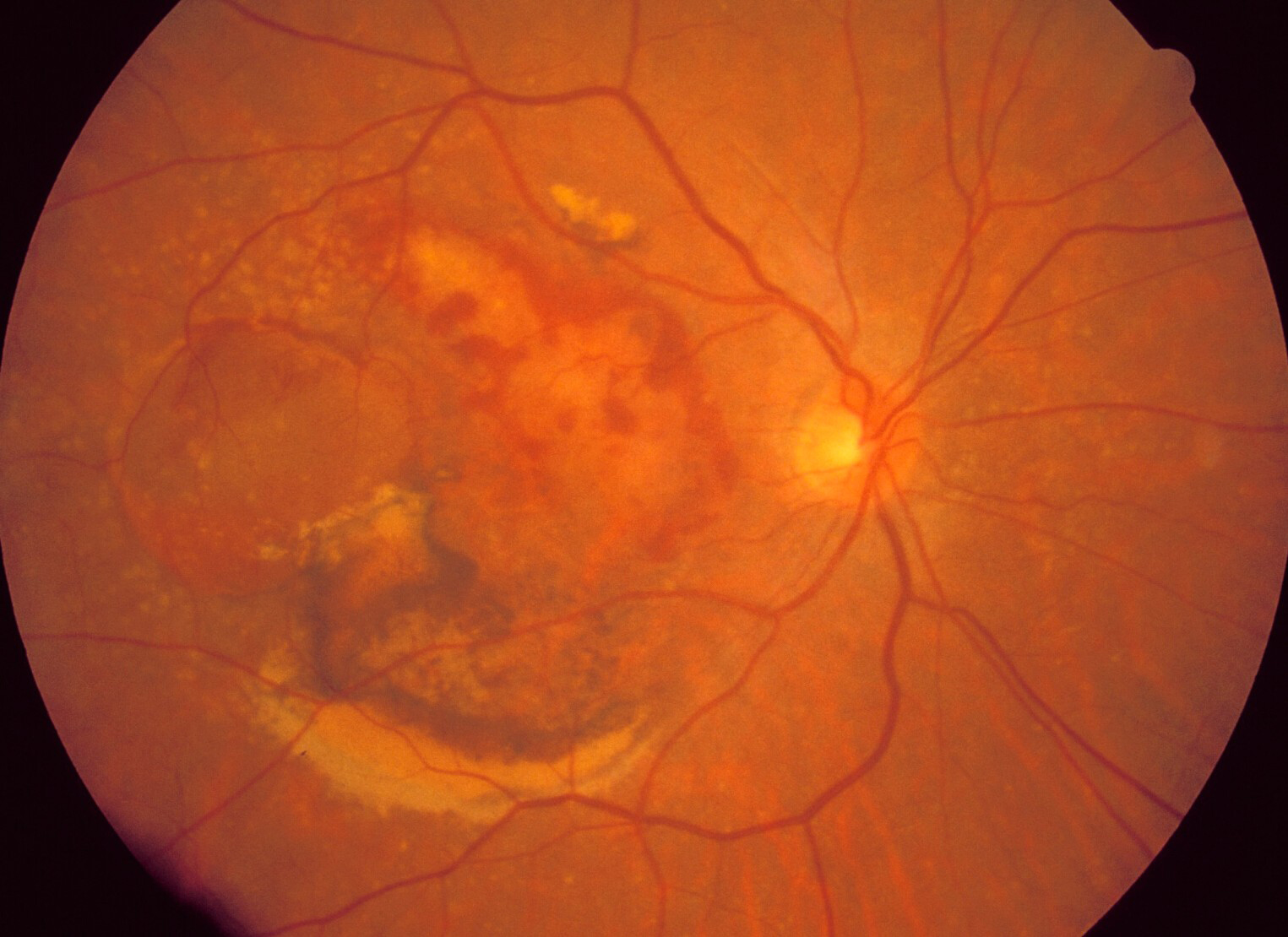Macular Degeneration

Macular Degeneration
What is Macular Degeneraton?
Macular degeneration, also known as age-related macular degeneration (AMD), is a retinal disorder that usually affects patients over the age of 65. Macular degeneration patients experience a degradation of the macula, the part of the retina that ensures the eye’s ability to produce clear central vision, which is crucial for reading or driving. Patients with AMD typically experience some degree of vision loss, blurry vision and distorted, wavy vision.
Dr. Garfinkle at Ohio Eye Alliance offers the latest medical treatment for macular degeneration.

Age Related Macular Degeneration (ARMD) is the leading cause of blindness in people over 65 years old. As many as 13 million people in the U.S. have some form of the disease with approximately 1.7 million having some sort of visual impairment. About 30% of people over the age of 75 have ARMD and another 23% will develop it within 5 years. Each year more than 200,000 people develop the wet form of ARMD.
The macula is a tiny area of the retina, only millimeters in diameter that is responsible for our central, fine, and detailed vision. If this area is damaged, our vision becomes blurred and distorted causing distance and especially reading vision to be affected.

Courtesy of the American Academy of Ophthalmology
Courtesy of the American Academy of Ophthalmology
Regular and complete eye exams are of the utmost importance for protecting your vision.
To schedule your eye exam or learn more about your treatment options at Ohio Eye Alliance, please call us today at
(800) 423-6811.
Forms
There are two main forms of the disease; the dry form which makes up 90% of the cases and consists of yellowish deposits called drusen and loss of pigmented tissue, both of which occur in the macular area; and the wet form, which consists of the development of new blood vessels, hemorrhage, deposition of fats and fluid in the macular area.
There are many risk factors for macular degeneration including:
- Family History
- Double risk for women
- Light iris color
- High cholesterol
- Cardiovascular disease
- Smoking and diet
Prevention
The Age-Related Eye Disease Study (AREDS), found the use of antioxidants and zinc significantly reduce the risk of worsening ARMD in patients with moderate or severe dry macular degeneration. Five helpings of fresh fruits and raw vegetables, particularly green leafy vegetables, are recommended by major medical organizations as well.
The AREDS2 formula is the performed formulation with antioxidants, zinc, and lutein/zeaxanthin.
Treatment
Treatment is only available for the wet form of ARMD by eye injection. The Foresee Home Monitoring system is an effective way to detect early changes of wet ARMD. Patients at risk are checked at regular intervals to monitor any progression.
New injectable medications are now available to treat wet ARMD. These include Avastin, Lucentis, Eylea, and Beovu (recently approved for treatment).
Research into new pharmaceuticals, genetics, and nutrition will continue to provide more treatment options in the future.
Symptoms
Macular degeneration is a painless progressive loss of vision. The dry form affects the vision very slowly over many years. Once the disease becomes the wet form, it can cause a suddenly noticed loss of vision, usually affecting one eye at first. Symptoms include:
- Gradual blurring or developing blind spots in the central vision
- Difficulty picking out details, near and far
- Distortion of straight lines or shapes
- Dimmed color vision

Figure 1: Normal

Figure 2: Distortion
An Amsler Grid is often used by patients to monitor for any visual ditortions at home. The grid is viewed with one eye at a time, approximately 12-16 inches away. Looking directly at the central dot, the patient checks for any distortions in the horizontal and vertical lines of the grid. As in Figure 1, at left, a normal grid appears straight. In Figure 2, an example of distortions that can be seen by a person with macular degeneration. Checking for any changes in the Amsler Grid can help provide treatment quickly, before permanent damage occurs.
Dr. Garfinkle utilizes the Foresee Home Monitoring System to help detect wet macular degeneration.



